How to Grow Your Own Juicy Plums
If you’re new to growing fruit trees and a little worried about their care needs, a plum might be the way to go. Compared to other fruit trees, they can handle a little less water, and they aren’t as apt to be bothered by pests and diseases. This isn’t to say that you’ll never need to water, prune or fight problems, but care isn’t as involved as with peaches, apricots and other stone fruits.
You can choose Japanese (or Oriental) plums, European plums or plum crosses. Japanese plums bloom early in the season and have the largest and juiciest, if somewhat tarter, fruit, making them ideal as a fresh snack. You might need to plant two of these, because they often need another European or hybrid plum for pollination.
European plums are sweet and firm. They’re good for eating fresh as well as for cooking and canning. Prunes are sweet plums from Europe that are dried. European plums are self-fertile, but a second tree nearby might improve crop production.
Also showing up in nurseries are crosses between Japanese plums and wild plums, sometimes called hybrid plums or cherry plums. They tend to be smaller than other plum trees and can even be grown as a shrub. Many of these do well in the coldest climates, which might be too extreme for other plums.
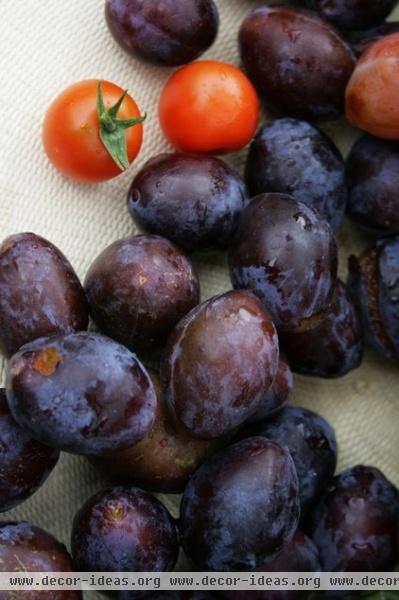
Where it will grow: You can find a plum for almost any climate, the extremes of hot and cold being the exceptions. Japanese plums are better for areas with warmer winters (they need less winter chill) and less of a chance of late frosts, generally USDA zones 4 or 5 through 9. European plums bloom later and are a good choice for areas with colder winters and more spring rain, zones 3 through 8 or 9. Japanese–wild plum crosses do well in cold climates like those found in the upper Midwest and Canada, but you can also plant them in warmer areas.
Favorite Japanese plums: Autumn Rosa, Burbank, Burgundy, Elephant Heart, Howard Miracle, Japanese Santa Rosa, Late Santa Rosa, Methley, Satsuma, Shiro
Favorite European plums: Bavay’s Green Gage, Brooks, Coe’s Golden Drop, Damson, French Prune, Green Gage, Imperial, Seneca, Stanley
Hardy plums: Opata, Pipestone, Sapalta, Superior, Underwood
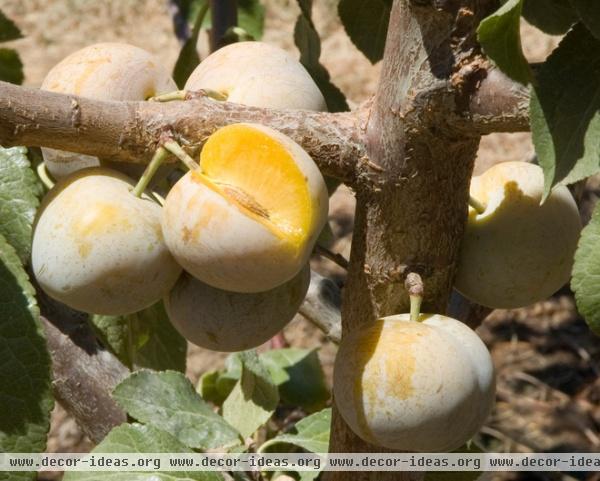
Planting guidelines: Plant bare-root trees in late winter or early spring in full sun and, ideally, well-drained soil, though they’re less fussy about soil than other fruit trees. In warm-winter climates you can also plant in fall. Do a light pruning at this time to remove any old wood and start shaping the tree: An open center is great for Japanese plums; a strong central trunk is best for European plums.
Care requirements: Provide regular water throughout the growing season. Setting a schedule is best, especially if you live in an area with dry summers. Mulching will help conserve water and keep the fruit from being bruised when it starts to fall. Keep mulch at least 3 inches away from the trunk of the tree.
Plums need a lot of fertilizer; start in spring with a balanced one. You may not have to continue to feed, but it probably won’t hurt. You can increase the nitrogen for more leaf and fruit production, but don’t overdo it or you’ll end up with little fruit and a lot of leaves.
Japanese plums will need to be thinned; other plums probably won’t. Leave about 6 inches between fruits. If the branches look like they’re heavy with fruit, prop them up to prevent breakage.
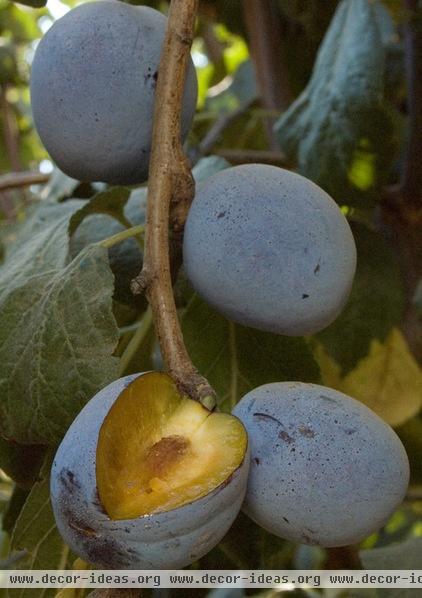
Pruning: As with all other fruit trees, plums will need pruning. At the very least, remove dead branches and keep trees, especially Japanese plums, at a height that makes them easy to harvest.
Japanese plums are ideally pruned with an open center shape, so remove a middle trunk and encourage strong lateral branches. The fruit will develop on year-old branches and short spurs, so keep these main branches cut close to the trunk, which will keep the height in check and encourage branching. European plums should have one strong central trunk, with branches growing off this trunk. Prune the branches, though not quite as heavily as a Japanese plum, to encourage fruit production on shorter spurs.
The hardy plums and the crosses don’t need much pruning. If you’re growing one as a small tree, remove dead or diseased branches and clean out the center periodically. If you’re growing one as a shrub, simply cut it back to the ground every few years.
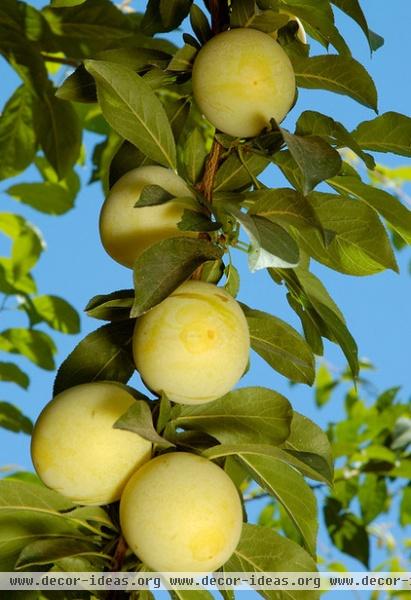
Pests and diseases: Even though plums are likely to have less problems than other fruit trees, you may still encounter issues. Black knot and brown rot can be a problem, especially in humid areas. Remove all branches with signs of black knot and dispose of them away from the garden and the compost pile. For brown rot, spray with horticultural oil during the dormant season. Canker, a type of fungus, can also be treated by spraying.
The plum curculio beetle can be dealt with using traps or, for large infestations, by spraying. Other insect problems include borers, leafhoppers and mites.
Birds are the most likely and most troublesome pest. Try hanging shiny objects to deter them. You can also try netting the tree.
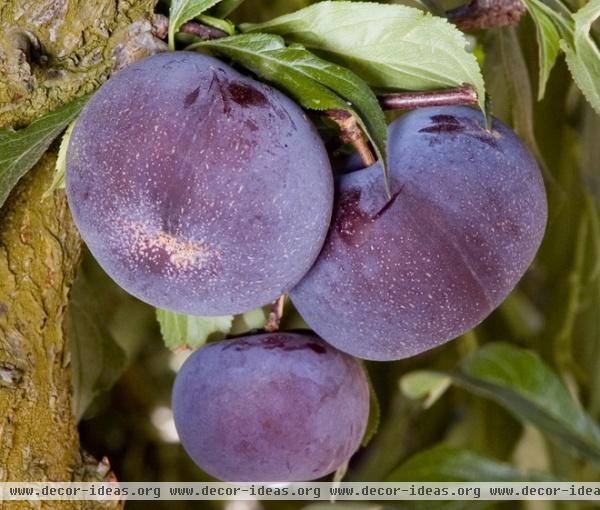
Harvest: Perfectly ripe plums are the ideal. Ripe plums are slightly soft, with a skin that has completely turned its final color (a challenge to determine on green plums, admittedly). Twist slightly to remove the fruit; if it doesn’t come off with no problem, leave it for a day or so.
You can pick Japanese plums and those really late-ripening varieties when they’re still slightly firm and allow them to ripen off the tree. If you’re not quite sure of ripeness, this will prevent them from becoming overripe and lessen fallen fruit.
Once ripe, Japanese plums don’t do well if left on the tree. European plums, on the other hand, do need to ripen completely on the tree, but they will be fine if left in place for a longer period of time after ripening.
How to grow other fruit trees












